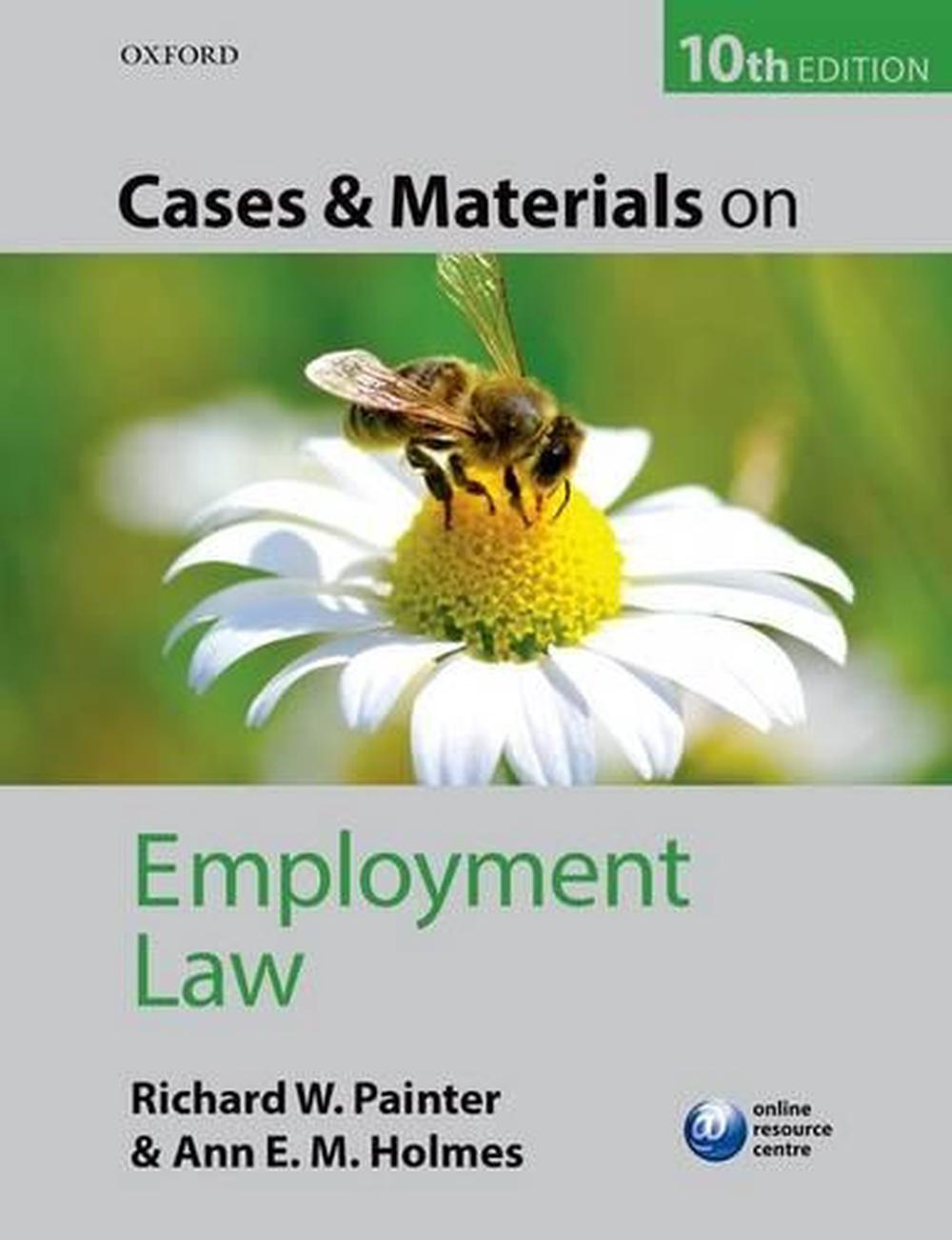Recent Landmark U.S. Employment Law Cases
by Admin
Posted on 07-06-2024 04:21 PM

This popular casebook provides a comprehensive overview of the constitutional, statutory, regulatory, and common law principles of
employment
law.
 The doctrinal development of the law is assessed in light of contemporary economic, technological, social, and political conditions. The 10th edition includes a more detailed treatment of independent contractors and gig workers, important covid-19 cases, sexual orientation, gender identity and religious discrimination under title vii, and a broader overview of non-retirement employee benefits issues. Among the statutes covered by the casebook are title vii of the civil rights act of 1964, age discrimination in employment act, americans with disabilities act, family and medical leave act, pregnant workers fairness act, employee retirement income security act, patient protection and affordable care act, and worker adjustment and retraining notification act.
The doctrinal development of the law is assessed in light of contemporary economic, technological, social, and political conditions. The 10th edition includes a more detailed treatment of independent contractors and gig workers, important covid-19 cases, sexual orientation, gender identity and religious discrimination under title vii, and a broader overview of non-retirement employee benefits issues. Among the statutes covered by the casebook are title vii of the civil rights act of 1964, age discrimination in employment act, americans with disabilities act, family and medical leave act, pregnant workers fairness act, employee retirement income security act, patient protection and affordable care act, and worker adjustment and retraining notification act.
Many of the labor and employment cases that have reached the supreme court involve claims of discrimination, harassment, or retaliation in the workplace. These may arise under title vii of the civil rights act of 1964, which prohibits adverse employment actions based on the race, color, religion, sex, or national origin of an employee. The supreme court also has reviewed cases under parallel anti-discrimination laws, such as the americans with disabilities act and the age discrimination in employment act. Meanwhile, the employee retirement income security act of 1974 imposes rules for pension, health, and other benefit plans in the private sector.
By david i. Brody jul. 31, 2020 when march began this year, nobody had any idea what was just around the corner – a global pandemic, a fiscal meltdown, unprecedented unemployment and a national reckoning with the terrible consequences of centuries of racial violence and inequity. Then we all witnessed a historic decision from the supreme court, affirming, at long last, that our family and friends in the lbgtq community are protected from discrimination in employment under federal law. In this ever-changing landscape, it is increasingly important to keep up to speed on the latest employment legal cases and developments. Below is a brief summary of the seven most significant employment legal cases.
Recent Landmark Employment Law Cases in the U.S.
2022 april
continuing what has become the new normal, the courts churned out an astonishing number of employment-law decisions during the past year – often multiple such decisions per day. This article attempts to “cherry-pick” and then briefly summarize not just the most significant employment cases but also those that are of the most utility to the plaintiff-employment practitioner. Legislation
although legislation falls outside the purview of this article, one piece of legislation in particular merits attention – the “ending forced arbitration of sexual assault and sexual harassment act of 2021” (“efasasha”), long-championed by senator kirsten gillibrand (d-ny). On february 7, 2022, the u.

The seventh edition of employment law focuses on the general structure of employment law in the united states, while recognizing variation in the states on many issues. It uses important unifying themes to tie the materials together, such as the relationship between employment law and labor markets and the strategies of employers and employees in reacting to employment laws. The seventh edition carries forward most of the cases and materials that have proven to be good teaching tools to permit a smooth transition for current users. But it highlights emerging new or expanded areas of interest including: developments in distinguishing between employees and independent contractors, including the growing influence of abc rules;.
Employees seeking justice in an employment claim bear the burden of proving their case by a preponderance of the evidence, which means they must present sufficient evidence to convince the trier of fact that it is more likely than not that their employer violated the law. For example, in a discrimination case, the employee must provide evidence of discriminatory treatment. Discriminatory treatment in the workplace refers to the unequal or unfair treatment of employees based on protected characteristics, which can include the following examples: discrimination based on race: treating employees differently based on race or ethnicity. This can include hiring, promotions, pay disparities, or racially motivated harassment.
The united steelworkers of america v. Weber case established affirmative action programs that prioritize hiring and promotion of minorities to address past job discrimination in employment and various workplaces across the us.